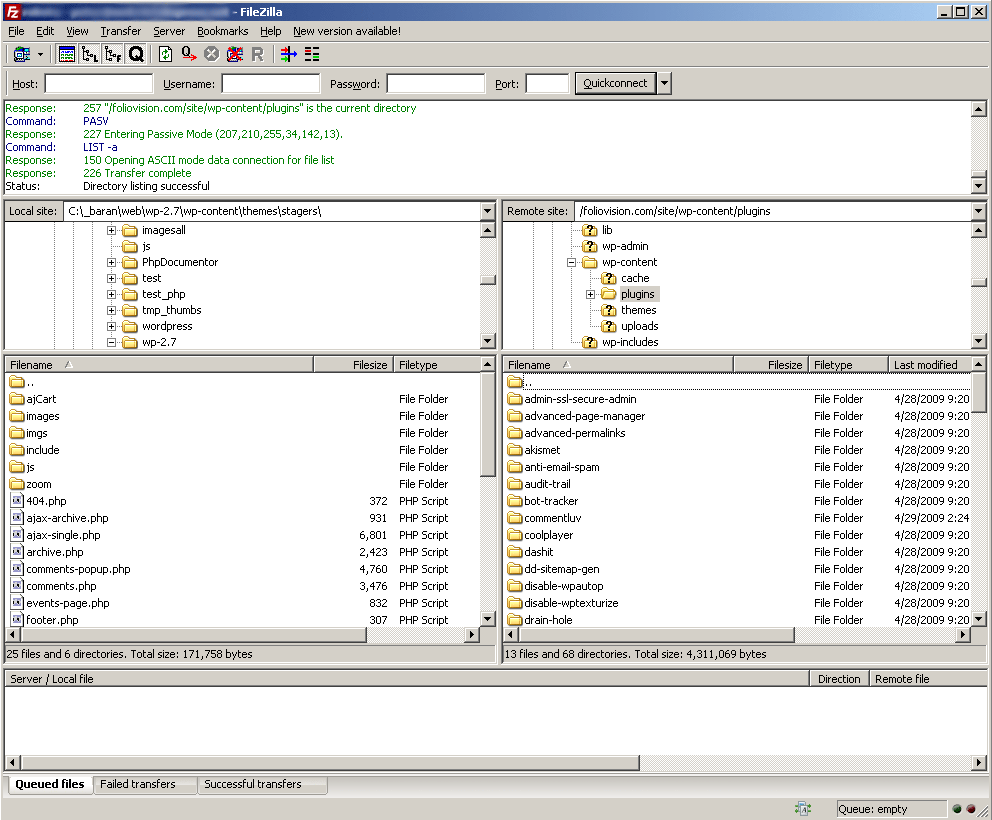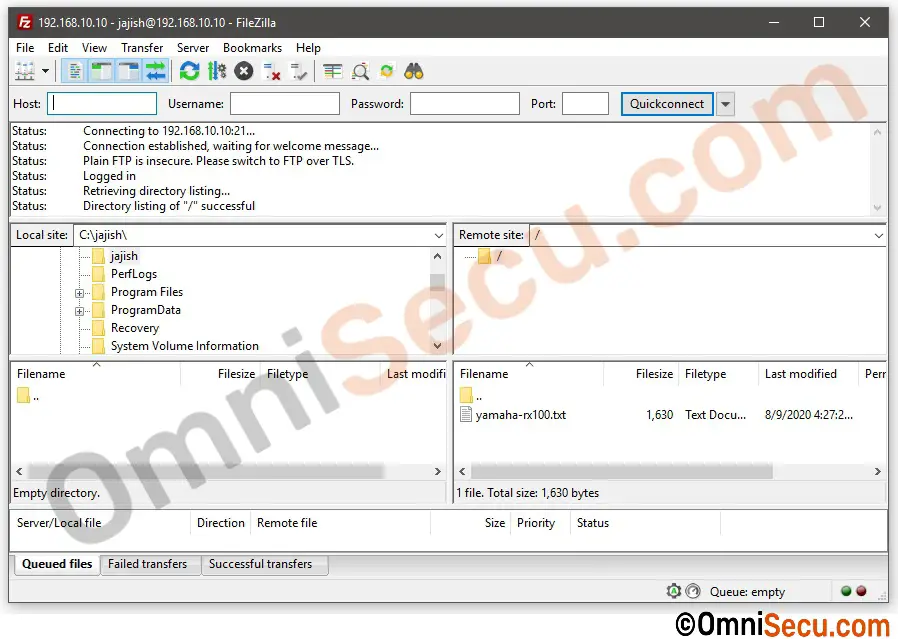



Enter the following information under the General tab: The Site Manager settings dialogue is displayed. SFTP uses SSH (secure shell) encryption to protect the data being transferred.

While FTP is the traditional file transfer protocol, SFTP (Secure File Transfer Protocol) is an alternative to FTP that allows you to transfer files by adding a layer of security to the process. However, while changing the password of the root user, the account password won't be updated. Next you could also automate the docker build process with Jenkins.By default, FTP root accounts are still created in a new account. To verify, you can run the container using -rm (it will destroy the container once you execute it): $ docker run -rm -it -name alpine-test alpine-t: tar file to the target machine by using docker import: $ sudo tar -c alpine-t.tar | docker import - alpine-t $ docker export -output="alpine-t.tar" 35f34fabfa84 tar file, you can load the image into the local registry using command docker load : $ docker load alpine-t.tarĪlternatively, you can also use OPTIONS to do the same, and your. tar file to another person via rsync, scp or a similar file transfer protocol as per your preference. You can verify if the above command worked: $ du -h my-python-container.tar In our case, it was python:2.7.17-alpine3.9. Just make sure that you use the exact image name and the tag during tar creation. You can achieve this by running the below-mentioned command: $ docker save python:2.7.17-alpine3.9 > /path/to/save/my-python-container.tar Status: Downloaded newer image for python:2.7.17-alpine3.9ĭocker.io/library/python:2.7.17-alpine3.9Īfter adding a few files or making changes in the container, you decide to create a tarball of the image to provide it to your colleague. Assume that you need a Python image with Alpine, which can be pulled from Docker Hub: $ docker pull python:2.7.17-alpine3.9Ģ.7.17-alpine3.9: Pulling from library/pythonĭigest: sha256:5f6059d78f530c3c59c4842e104ddcfc772a27fb8fac0d900f4d77bcb4621d9b Now, let's walk through the docker save command.


 0 kommentar(er)
0 kommentar(er)
